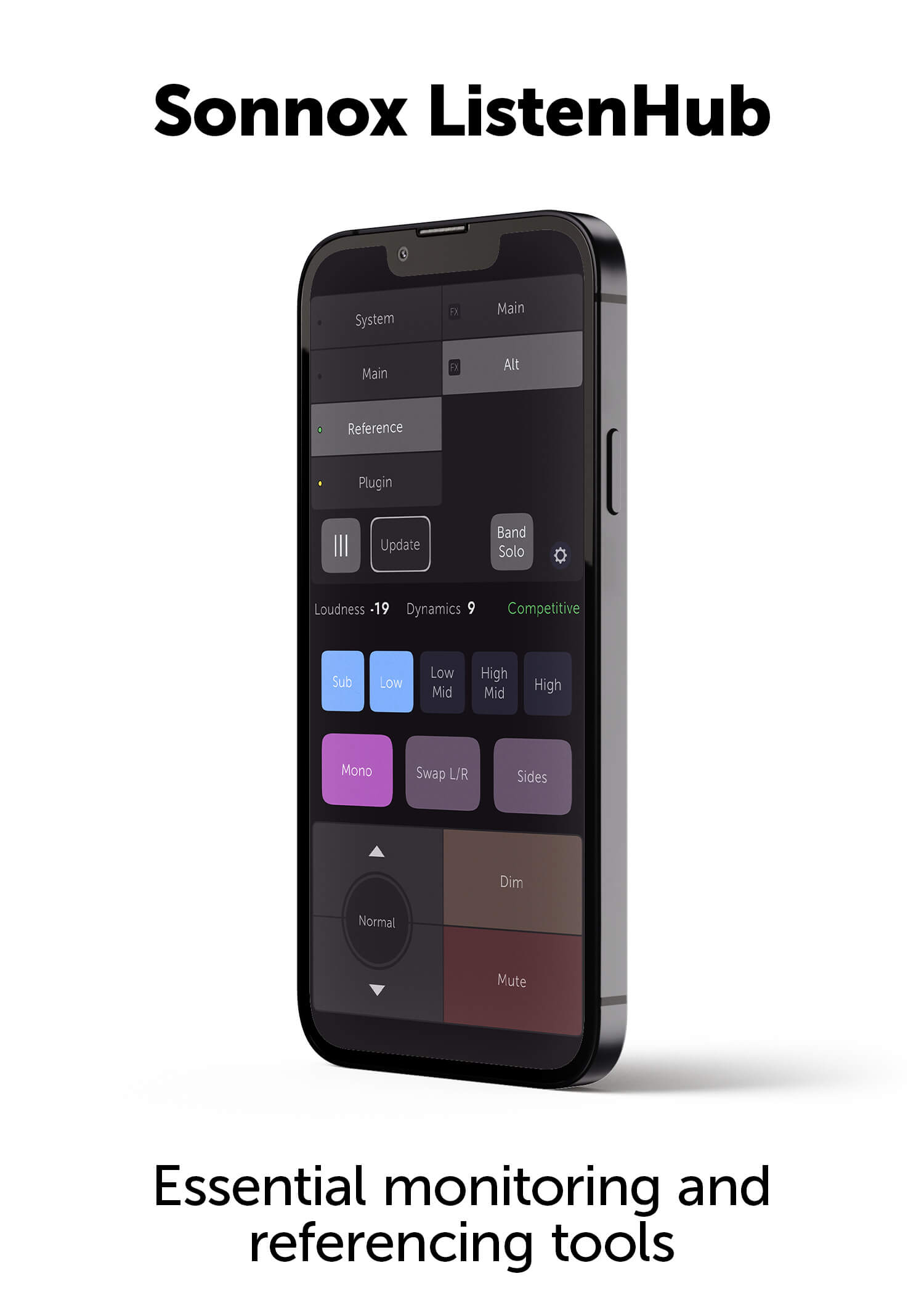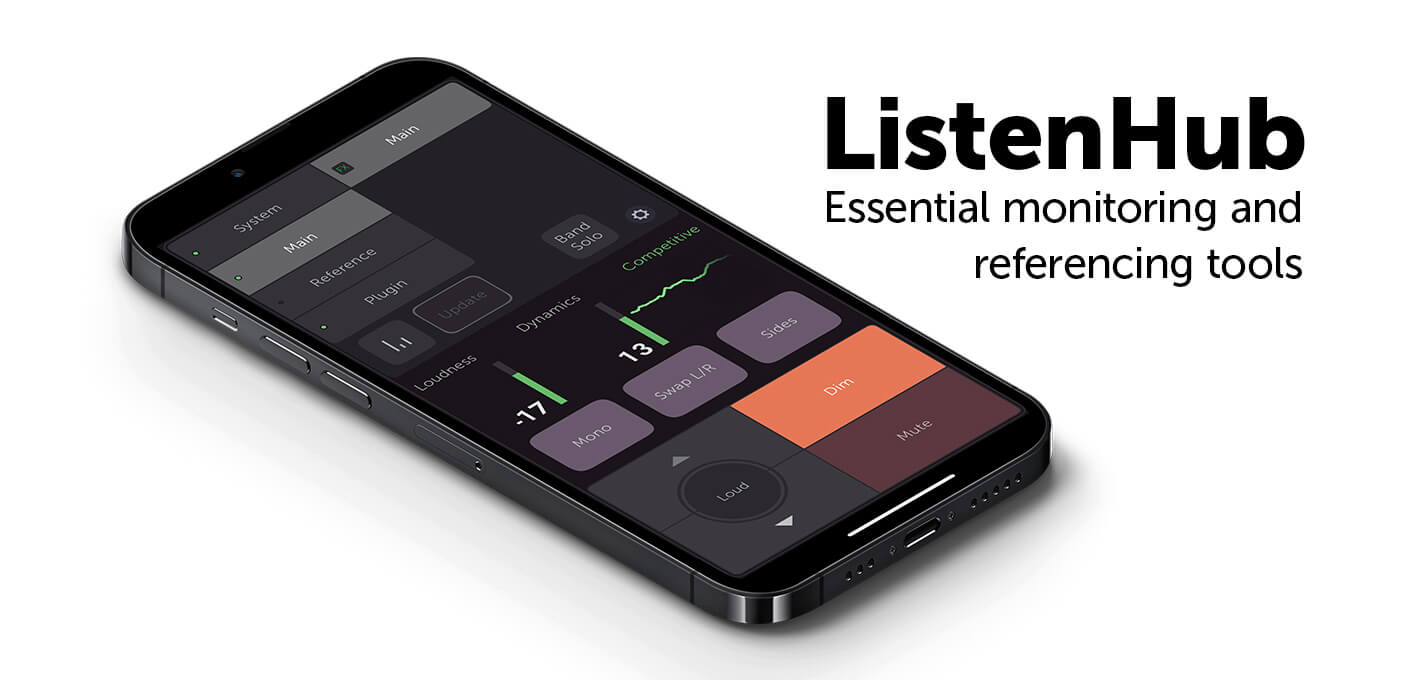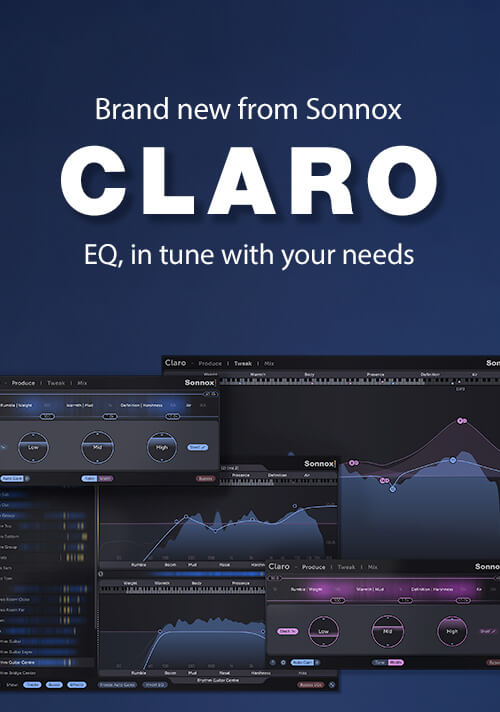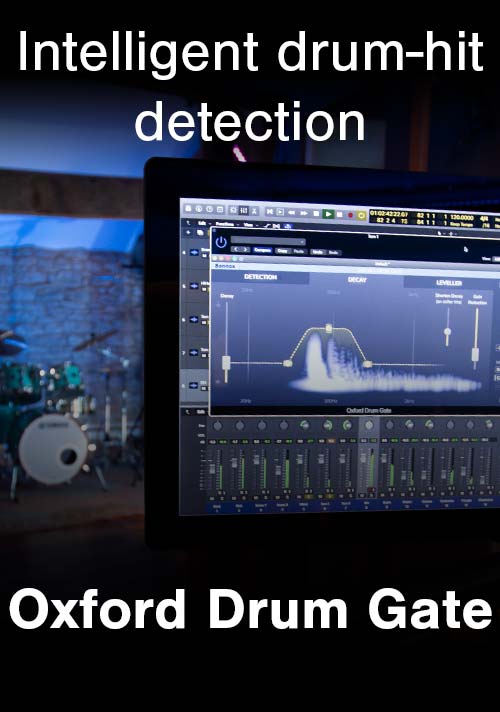David Baron

In addition to being a world-class multi-instrumentalist, producer, and mix engineer, David Baron of Edison Music is the one you call when your music needs to get that extra bit of magic. Artists such as Bat for Lashes, Lenny Kravitz, Peter Murphy and Megan Trainer swear by his work. Baron is a brilliant composer and music runs in his blood - “I learned how to mix from my dad (Aaron Baron) who worked as a recording engineer in legendary NYC studios in the 60s and made hundreds of records, including the Allman Brothers' At Fillmore East and BB King's Live In Cook County Jail,” Baron recalls. “His whole philosophy was that when you're recording a live performance you're always mixing and it should never sound bad in the room. That became an edict when I partnered up in the studio with Henry Hirsch and Lenny Kravitz.”
Over the course of his 20-plus years in the music business, Baron's been involved in film scores, music for advertisements, sound design for art installations and, of course, records. When he isn't tirelessly creating in his home studio in Woodstock, NY, Baron can be found at his private recording facility in Manhattan - a breathtaking loft built in 1860 that was formerly a concert hall. With a 32-foot arched ceiling and located steps away from Greenwich Village, it was here that we met with Baron to discuss his career and how he uses Sonnox plug-ins.
What's your approach to mixing and recording?
Coming from the classical side as I do, my approach is to focus on the arrangement and the vibe. Vibe is very important to me, much more than following the "rules”. If it makes the artist feel good to sing through a Roland Space Echo then who cares? We don't need the best preamp.
The way I like to work is, you're always mixing from the moment you start recording until the last overdub and then the record is finished. It's an old-school approach and the opposite of the current pop mentality, which is let's make tons of tracks and then send it to another mixer to sort it out.
It's all about what's practical and what's quick. The artist is right there, and they want results quickly, which makes digital plug-ins amazing. I template everything, so I find what I like at the beginning of the session, and that's what I use. My chain has gotten simpler and simpler. I normally set up a lot of templates so I'll have a go-to EQ and a go-to compressor on each channel.

Can you tell us about working with Bat for Lashes (Natasha Khan)?
When I worked with Natasha on her album The Bride, she had started the project in England and decided that she wanted to finish the album in Woodstock. Simone (Lumineers, Felice Brothers) called me and said he thought I could help. She came over, and we did one test track, which was ‘In God's House’. I reprogrammed the drums, played arpeggiator, and I made a mix for her. The song worked out very well so from there it was like, alright we have two weeks, our mastering session is already booked, so we're going to finish this album.
We went through a lot of what she'd already done and also recorded some new tracks from scratch. She had all these demos and ideas sketched out like a notebook. There was a particular song called ‘Close Encounters' which was a girl group-type song and she was really attached to the original arrangement. However, after two years she woke up one day and said it's not working so we recut it from scratch. It became very dark and beautiful. I know she's talked about it in the press a little bit - it was very fun to cut with her and it’s one of my favorite tunes on the record.
Bat For Lashes ’In God’s House’
We both sat at the keyboard and played string parts together live, and I realized that's a super fun way to work with artists. Where you can both sit in the room, pick up instruments and just start playing together. I've done this a lot with Kevin Kadish too. It's useful to regain the momentum, and it's inspiring to artists.
How do you generally use Sonnox Plug-ins?
I've been using the Sonnox Inflator (Exciter Plugin) for about ten years. I use it on my stems to pull things up a bit without adding volume. I also use it a bit like an exciter. Sometimes I have to run off refs for people. Using the Inflator makes the stem sound like it's a little louder, a bit fuller and you don't have to slap a limiter across the whole thing. I try not to use much on the stereo bus.
If I need to colour things dramatically, then I will use the Sonnox DSP EQUALIZER
. I use it all the time with Pro Tools HDX for tracking and recording. In general, I try to keep it simple. I feel that too many options stifle creativity. I'm working on another project with Simone Felice and a fantastic London artist named Jade Bird. We are tracking at the Clubhouse in Rhinebeck, New York on a Neve 8068 Mk ii. The EQs on the Neve tend to be very broad, so that's why precise, clinical EQs like the Sonnox DSP EQ curves type 2 and type 3 are very helpful.
Generally speaking, the Sonnox EQ is a given in my work. It's been my go-to EQ for many, many years. And one of the reasons I like it is because it doesn't sound digital, especially on boosts. A lot of the plug-ins that I don't like, create a lot of phase shift and they do something to the top. While you can't get away with the same boosts that you could on Neve hardware, it's by far my favorite digital EQ.
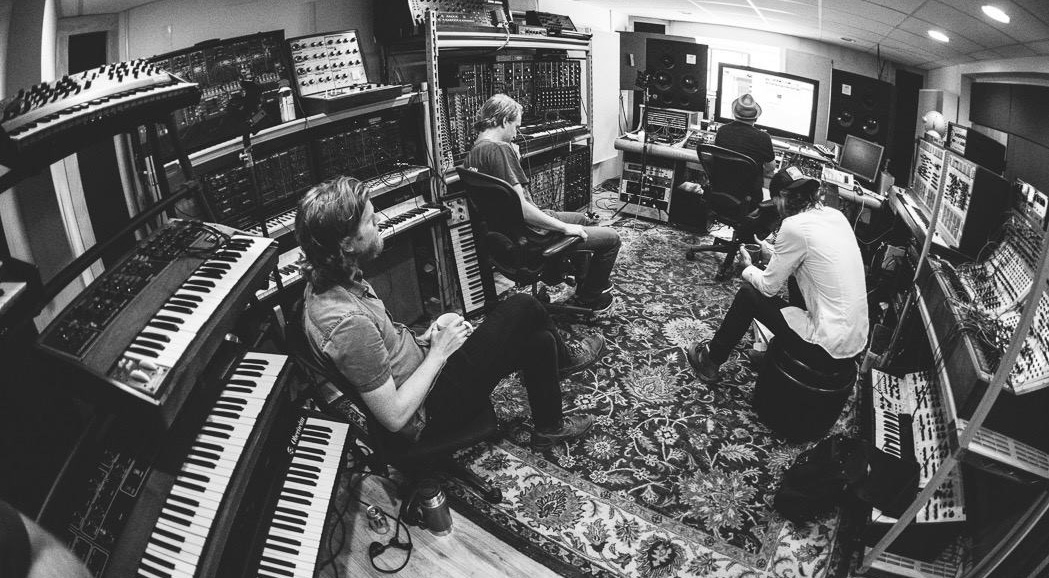
In the studio with the Lumineers
Can you give us an example of when you’ve used Sonnox Plug-ins to fix problems you run into while mixing?
I am currently engineering and composing music for an upcoming installation with artist Gregory Colbert. The music for the project has tons of field recordings and animal sounds which I use to create experimental soundscapes. I use a lot of distortion and delay, and I have an extensive collection of analog synths and weird gear, so I end up with lots of noise.
As a result, I've got to do a lot of de-noising and de-clicking, and that's another area where Sonnox plug-ins really come in handy. I had an issue recently with a soundbite of bearded seals, and the declicker I'd been using was creating too many artifacts. I tried the Sonnox Declicker, and it did a much better job at the same thing, so I immediately switched over. The Sonnox Declicker is my favorite, and the Denoiser is excellent too.
And finally, have you used Sonnox Plug-Ins in more creative scenarios?
I've also been using the Sonnox Reverb. I used it on a choir for Gregory (Colbert)'s project, and it was cool because you have a setting called Cathedral that's vibey and strange and took the sound to a new place. I am also using the Sonnox Reverb on a lot of small string sections. I use a tremendous amount of that plug-in because it has a vibe.
David Baron's beautifully cinematic debut album Cycles comes out on Here & Now Recordings in March 2017. Listen to a preview below;
Interview and editorial by Jackie Smiley
